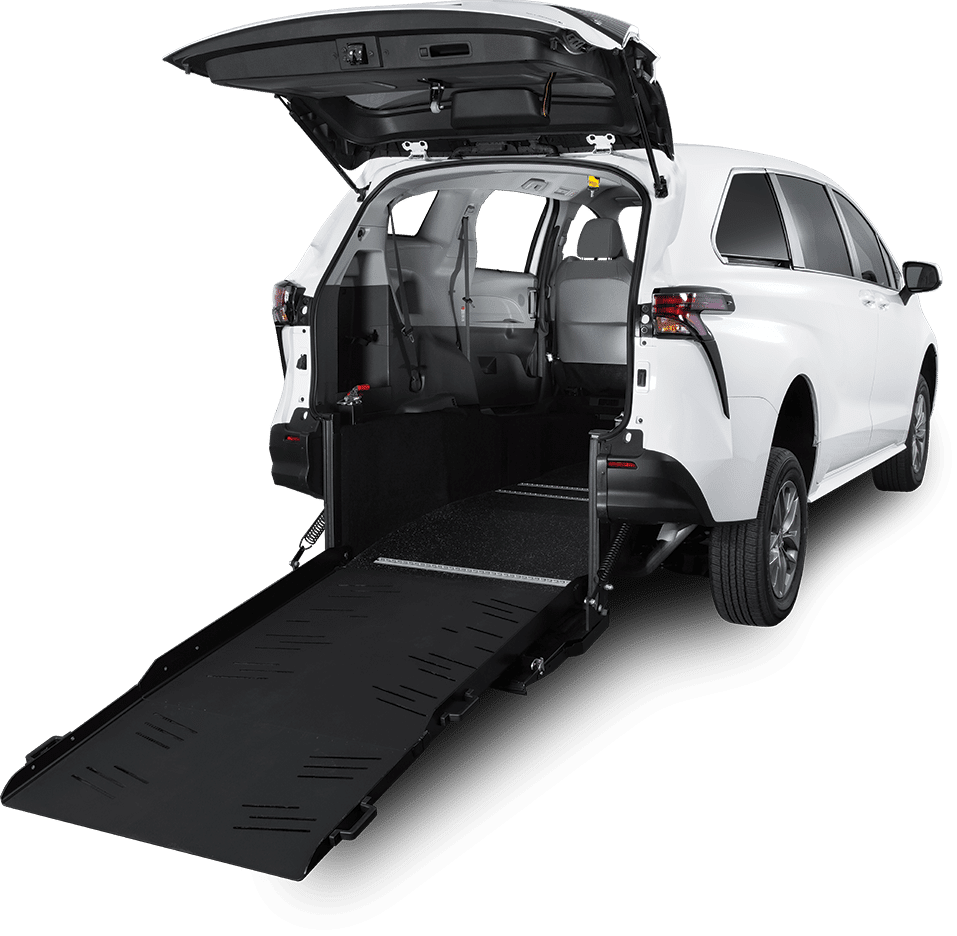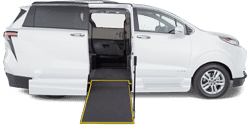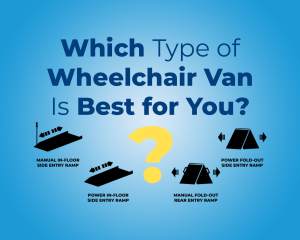With today’s advanced medical technology and improved body armor, more people are surviving traumatic events, only to suffer PTSD. In a combat setting, these events can happen suddenly and unexpectedly, and cause life-changing injuries that inhibit the mobility of a survivor for the foreseeable future.
And some damage is invisible to the untrained eye. Traumatized veterans have a completely different set of challenges than other wheelchair users. Injured veterans are at risk of developing post-traumatic stress disorder (PTSD). It may even follow them in the form of combat stress, a normal reaction to the atypical conditions of a combat environment.
With the right tools, it does get better. A traumatized veteran can transition into their new life and take on challenges one step at a time.
The challenges of limited mobility and PTSD
Each day brings new challenges for a wheelchair user to overcome. Older buildings often have limited accessibility, sidewalks and other terrain can be tricky to maneuver, and it may take more time to get in and out of a vehicle without a wheelchair lift. Some days are better than others, but life improves as caregivers and wheelchair users work in tandem to tackle a day’s tasks.
Things are a bit different for traumatized, disabled veterans. Physical disability and PTSD can occur simultaneously, leaving them with a different set of psychological and emotional challenges. Everyday tasks can trigger a bad reaction or a flashback to the traumatic event.
There might be a steep learning curve, but veterans are survivors, after all. One just needs to remain cognizant that there could be a mental burden from the trauma that needs to be addressed.
Social support is key
Survivors of trauma, especially if their mobility changes, might not know exactly what they need as they adjust to their new life. It’s important for caregivers and loved ones to be understanding. New wheelchair users are not used to leaning on others on a day-to-day basis, yet this is the time they need that strong support system the most.
Most importantly, friends and family need to remember that a disability can serve as a reminder of a trauma, and the rest of the world does not have this context. Those without physical disabilities may find it difficult to empathize with wheelchair users, let alone ones who have experienced trauma. Certain day-to-day activities or conversations can trigger PTSD when a veteran least expects it.
Symptoms to look for
For some caregivers and loved ones, it’s easy to focus on the physical change, and miss emotional or psychological symptoms. In addition to doctor’s appointments, it’s important to also see a mental health professional for a full diagnosis.
Though PTSD and combat stress may seem similar in the beginning, it’s important to be able to tell them apart. Know the symptoms:
- Symptoms of PTSD can include disturbing thoughts, feelings, dreams, mental or physical stress, difficulty sleeping, and changes in thought patterns or their personality
- Symptoms of combat stress can include anything from fatigue, loss in concentration, to decreased reaction time
Familiarize yourself with the indicators. After adapting to life with limited mobility, as a caregiver or wheelchair user, you may identify a few symptoms of PTSD or combat stress through changes in behavior. Though combat stress tends to subside after a veteran returns to civilian life, in some cases, prolonged combat stress may even lead to the development of PTSD.
The only way to know for sure is to get a diagnosis from a licensed professional. Not only that, but veterans with PTSD can only find relief through therapy. Therapists work with individuals, couples, families, and groups to overcome PTSD, combat stress, or other psychological and emotional difficulties.
It takes real strength to ask for help
It can be difficult to ask for help or address symptoms of PTSD head-on. But after making the choice to seek help, veterans will wonder why they waited so long. It eases the mental burden, freeing up energy to focus on adjusting to life in a wheelchair.
When an injured veteran’s ready to seek support, start with some of these resources:
- Wounded Warrior’s Combat Stress Recovery Program
- Veteran’s Crisis Hotline
- The National Center for PTSD’s About Face
Caregivers need to be cognizant of what PTSD entails to fully comprehend what a new wheelchair user is potentially going through. It can affect their day-to-day life in unforeseen ways. By arming yourself with the right resources, veterans in wheelchairs and caregivers can address and understand these problems one step at a time.


















